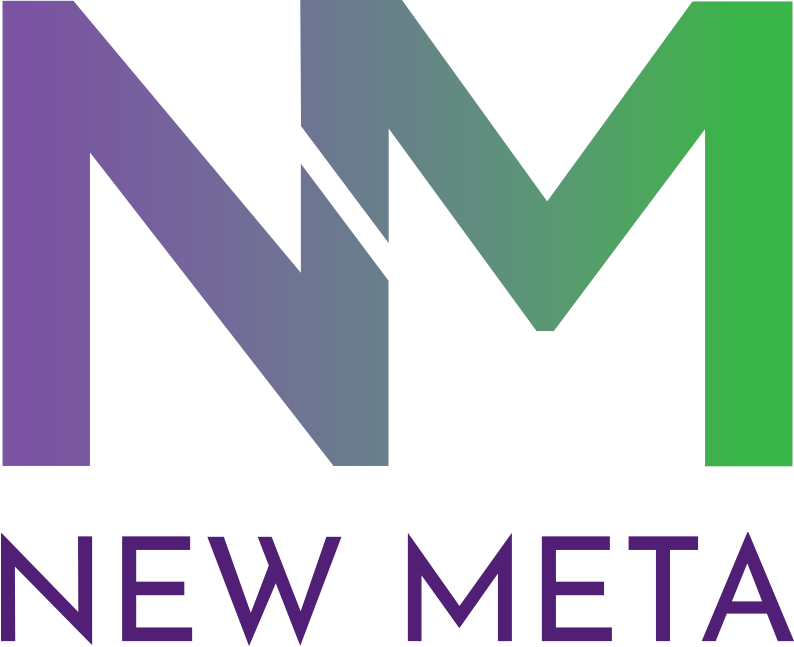From Toy Biz to Hasbro: Why Marvel Legends Changed Hands | By: David Gibbens
The Marvel Legends line has become a pillar of modern action figure collecting. With hundreds of characters, movie tie-ins, and fan-driven releases, it’s hard to imagine the toy aisle without them. But long before Hasbro perfected the line with face-print tech and crowdfunding campaigns, it was Toy Biz that brought Marvel Legends to life — and then unexpectedly handed over the reins.
So why did Toy Biz lose Marvel Legends? And why did Hasbro end up with one of the most important toy licenses in the world?
Let’s break down the key reasons behind this shift, what went wrong, and how it led to the Marvel Legends we know today.
The Toy Biz Era: Marvel Legends Is Born
Back in 2002, Toy Biz launched Marvel Legends, building off their earlier 5” and 6” Marvel figure lines. It was groundbreaking for collectors at the time — and some of these early figures are still prized today.
Toy Biz Marvel Legends stood out for:
-
💥 Deep articulation (ab-crunches, finger joints, toe bends — the works)
-
🎨 Detailed sculpts and comic-accurate paint apps
-
📦 Packed-in comic books with each figure
-
🧩 Build-A-Figure (BAF) pieces, encouraging full-wave collecting
Collectors were hooked, and Toy Biz set a new standard for 6-inch scale figures. But behind the scenes, the company was operating within a very different Marvel business model.
Why the Handoff Happened: Marvel’s Corporate Overhaul
By 2006, Marvel Entertainment was shifting gears. Toy Biz was essentially Marvel’s in-house toy division, but Marvel was transitioning to a licensing-first business model — aiming to earn royalties from its properties without taking on the risks of manufacturing.
Here’s why Toy Biz lost the license and Hasbro stepped in:
-
📉 Rising production costs made toy manufacturing less profitable for Marvel.
-
🧾 Marvel wanted to reduce overhead and offload logistics and supply chain responsibility.
-
🏗️ Toy Biz Worldwide (a rebranded Marvel Toys) was still tied to old models and lacked Hasbro’s global retail power.
-
💰 Hasbro offered a lucrative licensing deal, with the scale and experience to handle mass distribution.
In 2006, Marvel granted Hasbro the master toy license for all its properties — including Marvel Legends. This became effective in 2007, marking the end of Toy Biz’s run and the start of Hasbro’s.
The Rocky Transition: Hasbro’s Early Struggles
Collectors immediately noticed differences in Hasbro’s early Marvel Legends waves (starting in 2007):
-
✂️ Reduced articulation — no finger joints, missing ab crunches
-
🧼 Softer sculpts and paint apps
-
🚫 No comic pack-ins or figure stands
-
🧩 Simplified Build-A-Figure waves
For many longtime fans, this felt like a downgrade. The once-pioneering line seemed to be cutting corners, and the early Hasbro years didn’t capture the same magic as Toy Biz.
Redemption Arc: Hasbro Finds Its Footing
To their credit, Hasbro listened. Over time, they improved the Marvel Legends line dramatically — and earned back the trust of the collector community.
Here’s what helped turn things around:
-
🧠 Updated sculpts using digital face printing and refined proportions
-
🧩 The return of BAFs, sometimes even larger than Toy Biz’s
-
🎬 Cinematic Universe tie-ins that reached a broader audience
-
🛒 Fan channels and Hasbro Pulse exclusives that targeted collectors directly
-
📣 Livestreams and reveals that built a more interactive collector experience
Today, Hasbro’s Marvel Legends line is one of the most successful collector-focused toy lines ever produced, with waves dropping almost monthly across comic, movie, and TV properties.
The Legacy of the Toy Biz–Hasbro Handoff
This wasn’t just a brand change. It was the moment the toy industry began to shift toward the licensing-driven model we see today, where toy companies act more like content partners than manufacturers.
What we lost with Toy Biz:
-
That gritty, comic-first style and hyper-detailed figure design
-
The passion project vibe of an in-house Marvel team making toys for fans
-
A sense of risk-taking with obscure characters and daring sculpts
What we gained with Hasbro:
-
Consistent, large-scale production and retail reach
-
Movie-accurate sculpts and packaging
-
A long-term, evolving product line that’s still going strong over 20 years later
Final Thoughts: From Turbulence to Triumph
What started as a worrisome transition in 2006 has become one of the great comebacks in toy history. Hasbro took over a beloved line with big shoes to fill — and eventually leveled it up with new tools, technologies, and resources.
While many collectors still miss the golden Toy Biz era, there’s no denying that Marvel Legends is stronger than ever. And whether you're a comic purist or MCU collector, there’s something for everyone — thanks to a handoff that changed the game.
Share

